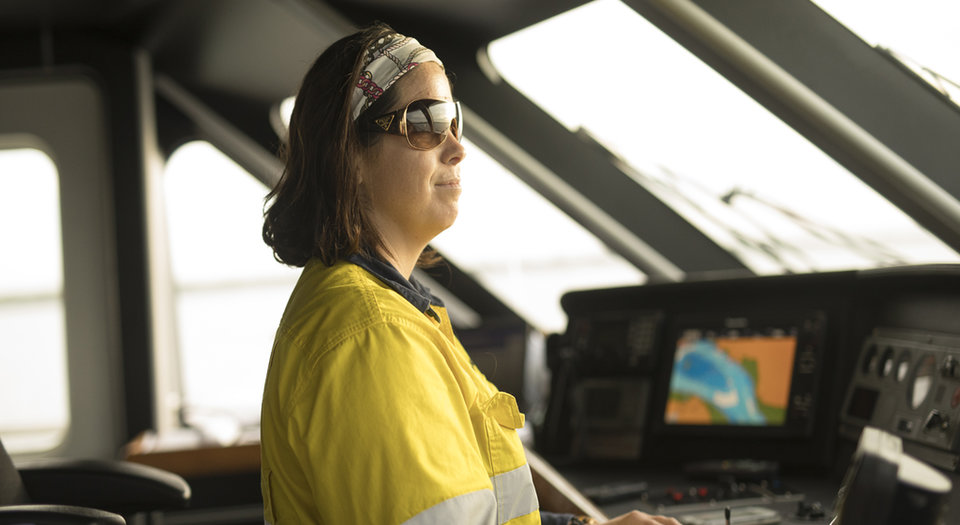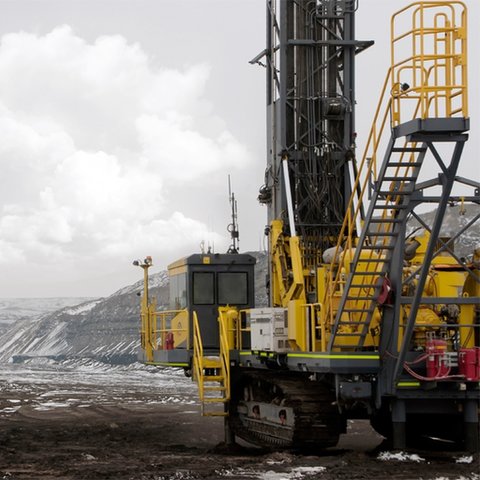Rio Tinto doubles down autonomous drilling
Scroll down to read the article
Credit: Rio Tinto.
Credit: Rio Tinto.
Visit the remote mining region of Pilbara in Western Australia and it won’t be long before you catch sight of one of Rio Tinto’s gigantic haulage trucks ferrying iron ore across the unforgiving landscape. Nothing especially surprising there – except that around 20% of them are driven from 1,500km away in Perth. In 2008, Rio launched its ‘Mine of the Future’ project, envisaging a near future where human miners and robots worked side by side to extract mineral resources more efficiently, safely and sustainably.
A decade later, driverless vehicles are a familiar sight in Pilbara – driverless trucks now haul over a quarter of both ore and waste material – and the Anglo-Australian multinational is still operating at the leading edge of mining automation, using the internet of things (IoT) and Big Data to automate machinery operation, and enhance safety, predictive maintenance and environmental monitoring.
Rio was the first company to achieve fully automated hole-pattern drilling without human intervention. Its Autonomous Drill System (ADS) enables an operator using a single console at a remote location to control four autonomous drill rigs from multiple manufacturers simultaneously, improving precision and equipment utilisation.
So impressive have been the results that Rio recently deployed four additional drills retrofitted with autonomous drilling system technology at its Yandicoogina mine, in addition to the existing seven at West Angelas, and plans to add a further nine rigs by the end of the year, bringing the total fleet to 20.
Rio Tinto’s automated drilling system
Rio conducted its first successful ADS feasibility test at West Angeles in 2008. The company’s fleet of 11 ADS-enabled drills have now drilled more than 5,000km – further than the distance from Perth to Queenstown, New Zealand.
“The expansion of our autonomous drilling fleet delivers significant productivity gains and enables us to drill more safely, accurately and consistently,” said Kellie Parker, managing director for planning, integration and assets, iron ore. “We are already reaping the benefits.
“The deployment of additional rigs, operated from our operations centre in Perth, offers significant advantages as part of our integrated system, which optimises our autonomous trains, trucks and drills, and provides increased operability and flexibility."
The expansion of our autonomous drilling fleet delivers significant productivity gains and enables us to drill more safely, accurately and consistently

A driver operates an autonomous vehicle from a remote office. Credit: Rio Tinto.
The mining automation market is expected to be worth $3.29bn by 2023
Mining automation braced for mini-boom
According to recent research, the mining automation market is expected to be worth $3.29bn by 2023, growing at a CAGR of 6.77% between 2017 and 2023. Key drivers of this growth include an increased emphasis on worker safety, improving productivity and reducing overall operational costs.
The report by Markets and Markets suggests that the recent boom in automated drilling technology shows no signs of slowing and that the Asia-Pacific region looks set to cement its position as the largest market for mining equipment and the implementation of automation technologies globally.
Rio Tinto is cited as one of the mining companies driving this trend, along with a pair of Australian operators, FMG Group and BHP. Moreover, the digitisation of mines and globalisation of economies have attracted significant investments from the mining companies all over the world. The Markets and Markets report lists the major players in the mining automation market as Atlas Copco (Sweden), Caterpillar (US), Hexagon (Sweden), Komatsu (Japan) and Sandvik (Sweden).
The Atlas Copco Pit Viper 271 enables drilling automation. Credit: Atlas Copco.

Automation applied to an efficient operation will magnify that efficiency
Rise of the machines
BHP trialled automated drilling technology on Pit Viper 271 rigs supplied by Atlas Copco at the Yandi mine in Pilbara. The PV- 271 is capable of working for 11.5 hours of a 12-hour shift, with just one person required to oversee three drills, compared with around eight and a half hours with previous human operators.
The results were impressive. The Pit Vipers operated autonomously for more than 15,000 hours and drilled more than one million metres. BHP reported a 20% improvement in drill optimisation, which in turn improved digging, loading and hauling, and increased machine uptime. As a result of the successful Pilbara trial, the Anglo-Australian operator has ordered autonomous upgrade packages for a further 18 of its rigs. The 20-strong fleet will initially be controlled at BHP’s five iron ore mines in Pilbara, with the longer term aim of remote operation from a base in Perth.
The transition to automated operations isn’t always seamless, however. Software issues delayed Rio Tinto’s planned roll-out of autonomous trains in Pilbara, reducing the multinational’s iron ore output in Pilbara in 2016 by 20 million tonnes. Automation is not a guarantee of improved efficiency; rather it should be employed to improve an already lean, economically sound operation, as former Rio CEO Steven Walsh recently pointed out.
"The first rule in any technology used in a business is that automation applied to an efficient operation will magnify that efficiency," Walsh said in February, quoting Bill Gates. "The second rule, he said, is that automation applied to an inefficient operation, will magnify the inefficiency.”
In other words, people still matter, and Rio has been quick to reassure workers on the ground in Pilbara and elsewhere that increased automation doesn’t necessarily equate to job losses, and that the company is committed to providing new roles and skills, redeployment and retraining. That said, the inevitable push toward automation continues apace and resource companies must learn to adapt if they are to remain competitive in an increasingly competitive global marketplace.
“Mining is a manufacturing business and it’s a game of efficiencies,” said Tyler Berens, product line manager for automation at Atlas Copco, in an interview with Mining Technology in 2017. “The blast-hole drill is one of the first operational steps in that value chain. Therefore, automating that process and getting rid of the element of human free will and replacing it with predictability adds a lot of value.
“We’re going to see key processes − drilling, blasting, shovels and transporting to the mill – really linked together from a strategic and operational standpoint in terms of tools and control.”
Automation applied to an efficient operation will magnify that efficiency